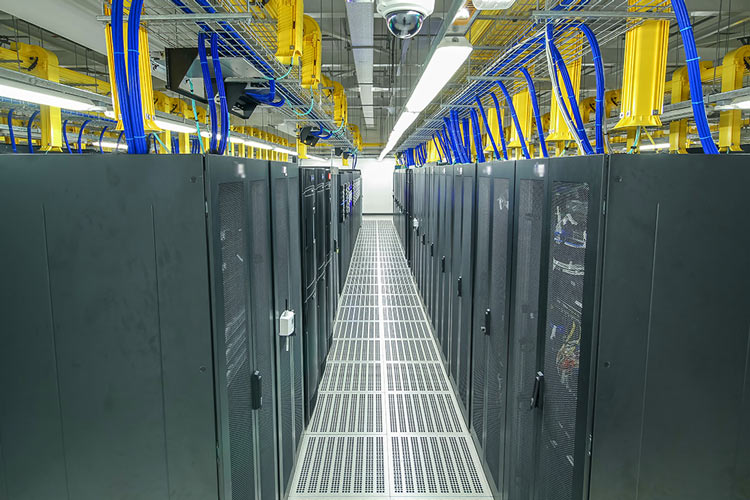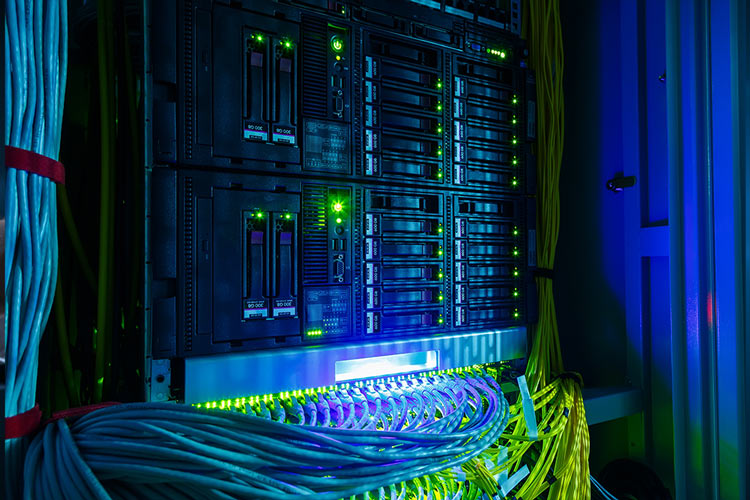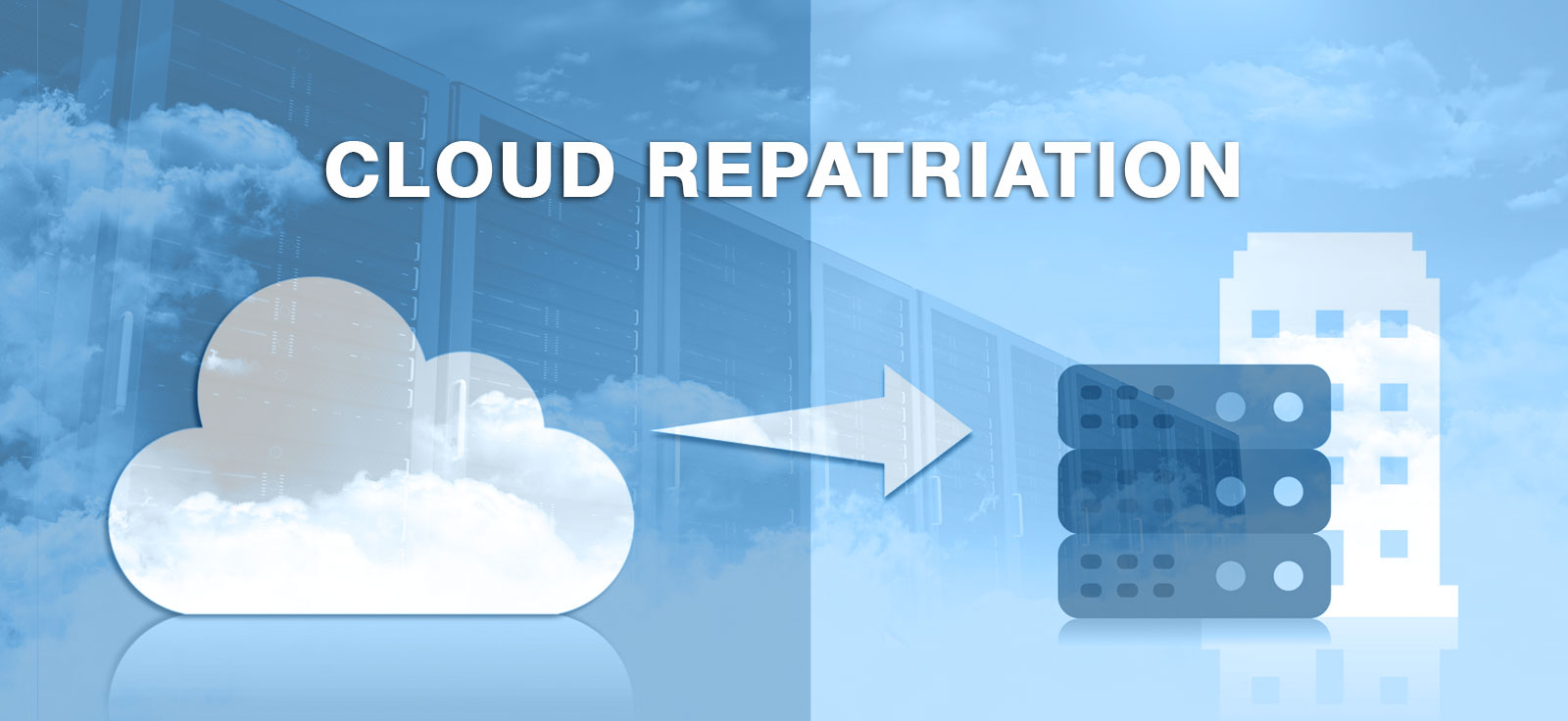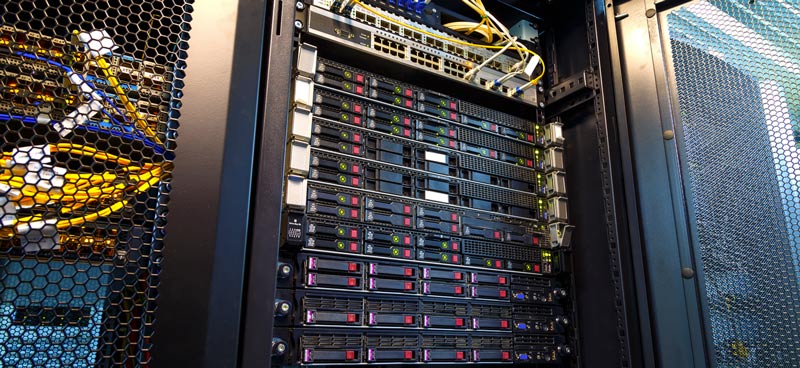The recent Windows outage on July 19 reminded us all how important cloud computing has become in our daily lives. Businesses and healthcare services worldwide rely heavily on the cloud, and this event was a prime example of how cloud outages have the power to freeze the world.
The incident impacted various services worldwide, including ones where time is crucial, such as healthcare, emphasizing the importance of avoiding similar issues in the future. As unlikely as it is for a cloud service of this size to fail, this worldwide event shows that even the best services can present errors leading to disruptions. Microsoft Azure, Amazon Web Services, and Google Cloud Platform are the giants of the industry, but regardless of their size and prestige, they are not completely immune to occasional issues. There are countless things that can act as catalysts of cloud outages; in this case, it happened to be a simple update.
Cloud outages can cause large-scale disruptions, leading to adjacent issues like customer data loss, service interruptions, and financial loss. This article will look at the implications of the recent outage and the strategies and technologies that can help reduce the risk of future outages.
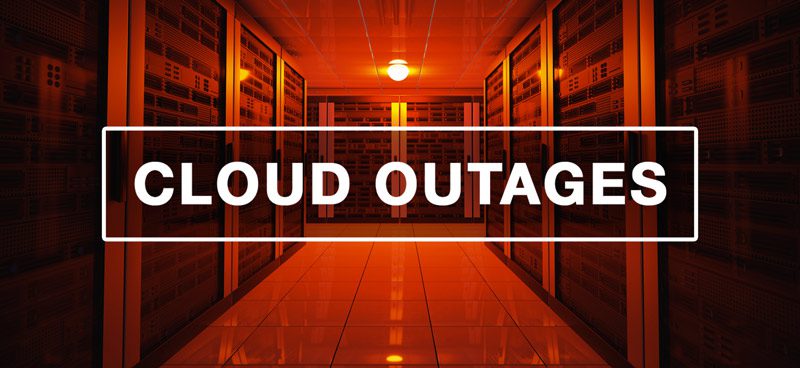
What caused the July 19 Windows Outage?
Cloud computing has brought scalable, flexible, and cost-efficient services, changing the way businesses operate worldwide. But, as the July 19 event showed, no matter how good a cloud service is, it can still present vulnerabilities, which can lead to cloud outages. Here’s what happened:
On July 19, 2024, Australian airlines, TV broadcasters, and banks started reporting Blue Screens of Death on Windows devices. Soon after, Europe and the US experienced the same disruptions. Businesses and critical services were heavily impacted by this extraordinary IT outage. Airlines canceled flights, hospitals canceled surgeries, and even emergency call services were unavailable in Alaska. The outage caused issues worldwide, bringing several industries to a halt.
The cause of the disruption was a content configuration update released by CrowdStrike for the Windows sensor “to gather telemetry on possible novel threat techniques.” There was a defect in the update released by the antivirus software provider that prevented machines running CrowdStrike and Windows from booting up. This caused Windows machines (including Windows servers) to crash globally. All devices online between July 19, 2024, 04:09 UTC and Friday, July 19, 2024, 05:27 UTC that received the update were affected. The defect was reverted, so devices that went online only after the malfunction were not affected. However, those already affected had to be fixed individually by manually deleting the file containing the defect. This caused significant chaos as it could only be executed in safe mode by technical personnel.
The event was illuminating in the sense that it showed that not only cyberattacks can cause severe system outages. At the same time, it emphasizes the fact that update management and monitoring are non-negotiables in preventing future outages.
Strategies to Prevent Future Cloud Outages
Preventing cloud outages is one of the biggest challenges in the present and future of the IT industry. While some outages are impossible to predict or prevent, a comprehensive approach to IT management has become non-negotiable in mitigating the risks. Here are some of the key priorities for organizations when building an efficient strategy.
Monitoring and Incident Response
Identifying issues as soon as they occur may be the most important momentum in curbing the negative effects of an outage. Real-time monitoring is the only way to detect anomalies before they begin to cause problems. It offers real-time insights into system performance and helps organizations implement corrective measures to ensure uptime consistency.
Building Infrastructure Resilience
Maybe the main moral of the recent Windows outage story is that resiliency is more important than ever in protecting ourselves against disruptions caused by cloud outages. Extensive, redundant backup systems that can replace the main system in case of failure are key to cloud infrastructure resilience.
Data center resiliency will take center stage in the future, and having data centers spread out in many locations can ensure operational stability in case one location fails. Building infrastructure resiliency enables organizations to handle future disruptions efficiently with the least sacrifices.
A Focus on Single Points of Failure
Focusing on single points of failure (SPOFs) is vital for avoiding cloud outages because these vulnerabilities can bring entire systems down if they fail. Identifying and addressing SPOFs allows for the implementation of redundancy and failover mechanisms, ensuring that something is there to take over in case an element fails.
For this reason, many organizations today choose to adopt a hybrid or multi-cloud infrastructure. If workloads are distributed across multiple environments, the risk of a single point of failure is minimized. Hybrid and multi-cloud environments offer more flexibility, ensure better redundancy and faster disaster recovery.
Disaster Recovery Planning For Cloud Outages
Disaster recovery planning can be the Achilles’ heel of businesses because, despite its importance in recovering from disruption, it’s often overlooked or not given proper attention. A poorly designed plan, however, can cause further delays in restoring operations to normal, leading to more expenses.
Backups and disaster recovery plans, if given the proper attention, involve thorough risk assessment, regular testing and updating, and running simulated attacks to pinpoint potential vulnerabilities. Many data centers offer disaster recovery solutions today; partnering with a reliable service provider can help businesses prepare to shield the negative effects of future cloud outages or attacks better.
The Importance of Extensive Update Management
Similarly to focusing on single points of failure, testing is paramount when it comes to detecting issues before they cause problems. Testing ensures that new updates are compatible with existing systems and that they will not create bugs. Pre-deployment testing across environments and configurations helps uncover bottlenecks, security vulnerabilities and other critical issues that can lead to outages. The process typically includes automated testing, manual testing, and regression testing.
Predictive maintenance practices, like using the power of AI to carry out interventions, can also significantly reduce the risk of downtime and increase reliability. By analyzing systems and data comprehensively, AI and machine learning can provide predictions that can be valuable in preventing outages.

Leveraging New Technologies to Improve Reliability in the Face of Cloud Outages
Processing data closer to where it is generated instead of central cloud processing can make cloud computing more resilient and help prevent future cloud outages. Edge technology significantly reduces latency by processing mission-critical data close to the source or the end user. This localized approach helps isolate and fix potential issues before they spread and create large-scale disruptions.
Like edge computing, quantum computing technology can also make the cloud more reliable. Quantum computers are still in development, but their potential is tremendous. The future of cloud computing will see great advancements thanks to the power, speed, and efficiency of quantum computing.
When talking about the future of cloud computing, we have to mention one more emerging technology that can significantly improve reliability, and that is blockchain technology. Blockchain can decentralize cloud services by managing data across multiple nodes, minimizing the possibility of a single point of failure. The blockchain is not controlled by a centralized system; maintenance and verification happen through a network of nodes, making it extremely resilient to cyberattacks and failures. This technology can significantly improve security and prevent cloud outages by enhancing reliability.
Conclusion
Cloud computing, integral for modern business operations, offers many benefits, however, it is not immune to failures. Finding ways to build resilience and prevent future cloud outages will be crucial as we increasingly rely on cloud services for more and more daily operations. As the world advances and new technologies emerge, cloud computing will be subject to continuous innovation. Integrating emerging technologies in cloud infrastructures will help build more resilient technologies that can reduce the risk of outages and maintain service integrity.
To learn more about cloud outages and cloud services solutions, contact our team at Volico Data Centers. Call (305) 735-8098 or leave us a message in chat.



